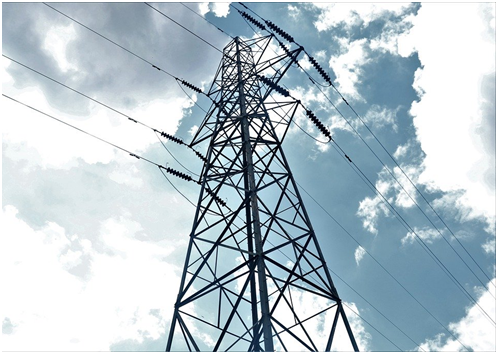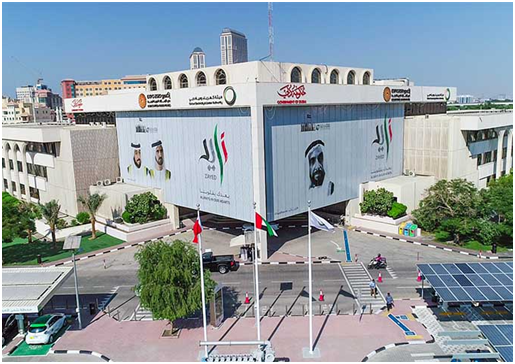
Charles R. Goulding and Preeti Sulibhavi examine the potential for innovation and 3D printing in utility services.
To many, it is somewhat of an anachronism to talk about the U.S. utility industry and innovation in general. However, the UAE Dubai utility DEWA (Dubai Electric and Water Authority) is demonstrating how 3D printing can become an important core function of the utilities industry.
The U.S. Dilemma
In the Northeast U.S., utilities continuously succumb to storm damage from above-ground wires and an excess of conventional power generation. Energy-efficiency measures and increased alternative energy generation, particularly on Long Island, have created excess power plants. No one wants to make the tough political decision to shutter the excess capacity generation power plants because of property tax levies. Recent storms have demonstrated that the utilities’ power outage and service repair dispatching systems don’t integrate and communicate properly.
Five utility companies in Connecticut were also severely criticized for the handling of their response to Tropical Storm Isaias. Electricity users in the Northeast now need to have generators to withstand multi-day outages.
The DEWA Example

In Dubai, DEWA has been at the forefront of integrating advanced technologies into their products and services. For instance, DEWA has developed drones to streamline the efficiency of infrastructure and contribute to providing efficient and user-friendly services. DEWA utilizes drones to conduct topographic surveys, improve operational efficiency, perform thermal inspections, photovoltaic panel maintenance, and drones are used to identify power lines of course.
DEWA has also been accepting feasibility studies to support wind power generation in its efforts to be environmentally responsible (and in reaching its Dubai Clean Energy Strategy 2050 goals). Wind power is clean and does not produce any harmful byproducts; the electricity generated is all local and does not require fuel. All this and increased jobs for the residents of Dubai.
In fact, DEWA utilizes a Markforged Metal X 3D printer based on metal-containing filament that is highly accurate, reduces time and cost, and improves efficiency as well as productivity. This all enhances the innovation at DEWA. Dubai’s utility company also utilizes 3D printers to produce prototypes and replacement parts for DEWA’s generation, transmission, and distribution divisions.
Advancements that U.S. utility companies make, like utilizing 3D printing, may be considered eligible activities for the Federal Research and Development Tax Credit.
The Research and Development Tax Credit
Whether it’s used for creating and testing prototypes or for final production, 3D printing is a great indicator that R&D Credit eligible activities are taking place. Companies implementing this technology at any point should consider taking advantage of R&D Tax Credits.
Enacted in 1981, the now permanent Federal Research and Development (R&D) Tax Credit allows a credit that typically ranges from 4%-7% of eligible spending for new and improved products and processes. Qualified research must meet the following four criteria:
- Must be technological in nature
- Must be a component of the taxpayer’s business
- Must represent R&D in the experimental sense and generally includes all such costs related to the development or improvement of a product or process
- Must eliminate uncertainty through a process of experimentation that considers one or more alternatives
- Eligible costs include US employee wages, cost of supplies consumed in the R&D process, cost of pre-production testing, US contract research expenses, and certain costs associated with developing a patent.
On December 18, 2015, President Obama signed the PATH Act, making the R&D Tax Credit permanent. Beginning in 2016, the R&D credit has been used to offset Alternative Minimum Tax (AMT) for companies with revenue below $50MM and, startup businesses can obtain up to $250,000 per year in payroll tax cash rebates.
Correct Basic Problems Through Innovation
Many American utility companies need to correct basic flaws in their systems and design in order to function properly. Once U.S. utilities get their houses in order, they can begin to use drones, 3D printing and other developing technologies like Dubai does now, to enhance the future.
